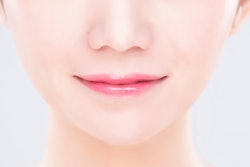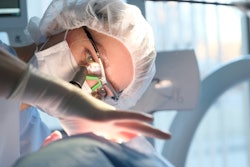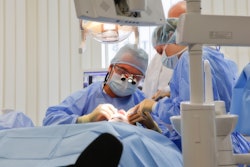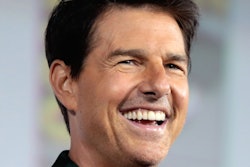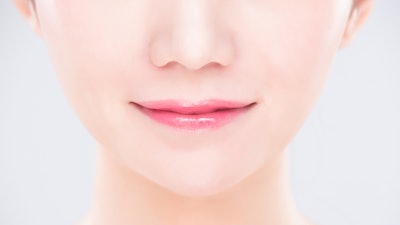
What jaw shape traits are considered ideal in women? Belgian researchers have identified angles that may help guide procedures to give women the ideal jaw shape, according to a study published on August 21 in the Journal of Cranio-Maxillofacial Surgery.
Clinicians can use the shapes considered attractive to help design a jaw angle implant, define jaw surgery strategies, or shape angles using injectables, the authors wrote, led by Dr. Maurice Mommaerts, PhD, of the European Face Centre in Brussels.
Artists, scientists, orthodontists, and oral and maxillofacial surgeons have attempted to explain the specific elements that comprise an aesthetically pleasing facial shape. The classical and neoclassical features of the Renaissance and the golden ratio have been promoted and criticized. Also, the genesis of the latest beauty standards on social media and the internet have affected later generations and made them more inclined to pursue cosmetic procedures. As cosmetic surgery becomes more popular, clinicians need to best plan their aesthetic improvements.
To assess the features of an attractive female jaw angle, 46 people viewed pictures of 53 white celebrities, including Angelina Jolie, Kate Moss, Emma Stone, Margot Robbie, and Kendall Jenner, and lay people. The women’s eyes were obscured in the photos to make them appear anonymous, the authors wrote.
Of the assessors, 32 performed face contouring surgery, and 14 had no experience in the field. The participants used an online survey to rate the attractiveness of each woman, according to the study.
The characteristics considered most attractive were a gonial angle in profile of 125.5° and an anterior view of 142°. Meanwhile, the gonial angle in profile was higher at 129.1° for those considered less attractive, they wrote.
Of those subjects who were considered attractive, they had an intergonial-interzygomatic width ratio of 0.83, and it was 0.86 in those considered unattractive. In addition, the vertical position of the jaw angles at the level of the stomion or upper lip, the authors wrote.
The study had limitations, including the models’ other facial features, like their hairstyle or lip shape, may have affected the assessors' attractiveness rating, the authors acknowledged.
“(Nevertheless,) these results will aid the surgeon during the patient evaluation and surgical planning,” Mommaerts and colleague wrote.





